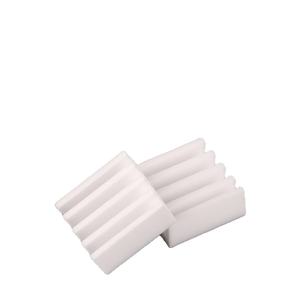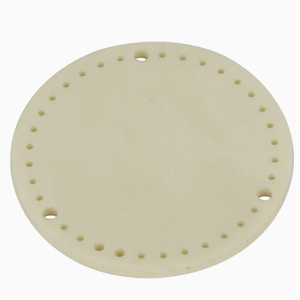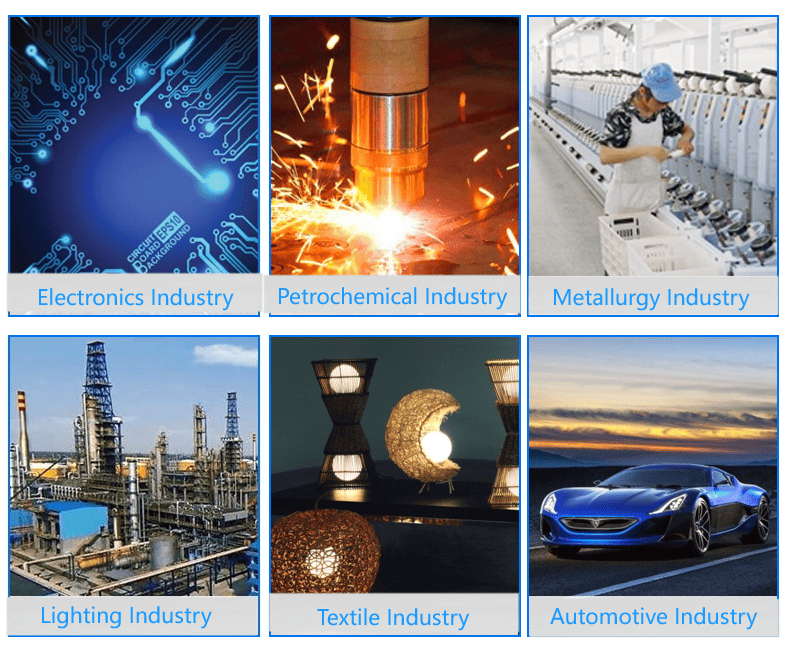Discover Premium Ceramic Products | Durability & Elegance United | Advanced Ceramics
PRODUCT PARAMETERS
Description
Overview of Laser Cutting High Thermal Conductivity Aln Sheet Aluminum Nitride Substrate
Aluminum Nitride Ceramic is an advanced ceramic material with aluminum nitride as the main component. It has been widely used in electronics, optics, and mechanics due to its unique properties.
Features of Laser Cutting High Thermal Conductivity Aln Sheet Aluminum Nitride Substrate
High thermal conductivity: Aluminum nitride ceramics have relatively high thermal conductivity, usually between 170-260 W/m·K, which makes it an excellent heat dissipation material. It is especially suitable for electronic devices that require efficient heat dissipation, such as substrate materials for power semiconductor devices.
Good electrical insulation: Despite its high thermal conductivity, aluminum nitride ceramics are excellent insulators of electricity, which can effectively prevent current leakage and ensure the safe operation of electronic components.
Low dielectric constant and dielectric loss: These characteristics make aluminum nitride ceramics very suitable for use in high-frequency circuits because it can reduce energy loss during signal transmission.
High temperature resistance: Aluminum nitride ceramics can maintain structural stability and strength at extremely high temperatures. Its melting point is about 2800°C, so it is suitable for applications in high temperature environments.
Low thermal expansion coefficient: Compared with semiconductor materials such as silicon, aluminum nitride has a lower thermal expansion coefficient, which means it has better dimensional stability when the temperature changes, which helps improve packaging reliability.
Corrosion resistance: Aluminum nitride ceramics have good chemical stability to most molten metals and are not easily oxidized or corroded, allowing them to perform well in harsh environments.
High mechanical strength: Although not as hard as some other types of ceramic materials, aluminum nitride ceramics still provide enough mechanical strength to allow them to be used in many structural applications.
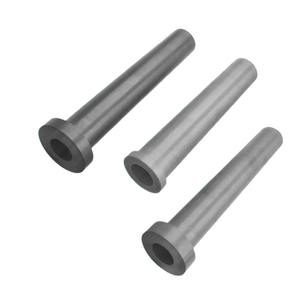
(Laser Cutting High Thermal Conductivity Aln Sheet Aluminum Nitride Substrate)
Specifications of Laser Cutting High Thermal Conductivity Aln Sheet Aluminum Nitride Substrate
Light weight aluminum Nitride sheets provide excellent performance for requiring electronic devices. This material relocates warm exceptionally well. Its thermal conductivity gets to 170-200 W/mK. This high number means it draws warmth away from locations quickly. AlN is also a strong electric insulator. Electrical power does not pass through it easily. This combination is important for power gadgets and LED components.
The product increases when warmed. It expands at a price similar to silicon chips. This matching behavior minimizes stress and anxiety. Anxiety can damage connections or fracture parts. AlN stands up to high temperatures dependably. It does well also above 1000 ° C. The material is strong mechanically. It stands up to wear and damage.
Laser cutting produces specific shapes from AlN sheets. Lasers create tidy, sharp sides. This accuracy is vital for complex motherboard or warm spreaders. Laser processing decreases product damage near the cut. This keeps the AlN’s excellent properties intact. It allows for limited tolerances and fine functions. This accuracy is tough to accomplish or else.
Typical densities are 0.25 mm up to over 1.0 mm. Standard dimensions are like 2″x2″ or 4″x4″. Bigger dimensions are possible. Surface finishes are smooth. This smoothness help bonding. AlN substrates are excellent for high-power electronic devices. They work well in LED lighting systems. They are used in RF/microwave components. They function as effective warm spreaders. They work in vehicle sensors and power components.
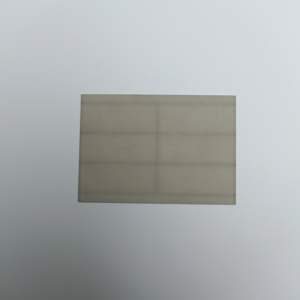
(Laser Cutting High Thermal Conductivity Aln Sheet Aluminum Nitride Substrate)
Applications of Laser Cutting High Thermal Conductivity Aln Sheet Aluminum Nitride Substrate
Laser cutting transforms exactly how we work with aluminum nitride substrates. AlN sheets use very high thermal conductivity. This material moves heat away from parts effectively. Electronics need this residential or commercial property. Power tools and LED lights get hot. AlN maintains them cooler. It assists them last much longer and perform far better. Standard reducing methods struggle with AlN. AlN is difficult and breakable. Sawing or grinding can crack it. Damaging happens conveniently. This damages the pricey product. Laser cutting resolves these troubles.
A focused laser beam of light cuts the AlN precisely. There is no physical call. The laser beam of light melts or vaporizes the product cleanly. This prevents fractures and chips. The cuts are extremely precise. Resistances stay tight. Facility forms become feasible. Complex describes are no problem. Laser cutting is quick. Production rates increase. Setup times are very little. This saves money total. Tidy sides imply less completing work later on. Waste material is reduced substantially.
This capability is vital for sophisticated electronics. AlN substratums create the base for high-power circuits. Laser reducing forms them for particular modules. RF and microwave tools use these substratums. Power semiconductors need AlN providers. Laser reducing produces specific mounting holes. It defines accurate circuit card areas. LED packaging counts on AlN warm spreaders. Lasers cut these spreaders to precise sizes. Optoelectronics and sensing units also make use of custom AlN components. Lasers make these components reliably. The thermal course stays intact. Laser reducing does not damage the product’s key residential property. Proper laser setups are essential. Way too much warmth can trigger small problems. The best setups guarantee ideal cuts every single time. This makes laser reducing the recommended approach for AlN sheets. It unlocks their complete capacity popular applications.
Company Introduction
Advanced Ceramics founded on October 17, 2014, is a high-tech enterprise committed to the research and development, production, processing, sales and technical services of ceramic relative materials and products.. Since its establishment in 2014, the company has been committed to providing customers with the best products and services, and has become a leader in the industry through continuous technological innovation and strict quality management.
Our products includes but not limited to Silicon carbide ceramic products, Boron Carbide Ceramic Products, Boron Nitride Ceramic Products, Silicon Carbide Ceramic Products, Silicon Nitride Ceramic Products, Zirconium Dioxide Ceramic Products, Quartz Products, etc. Please feel free to contact us.
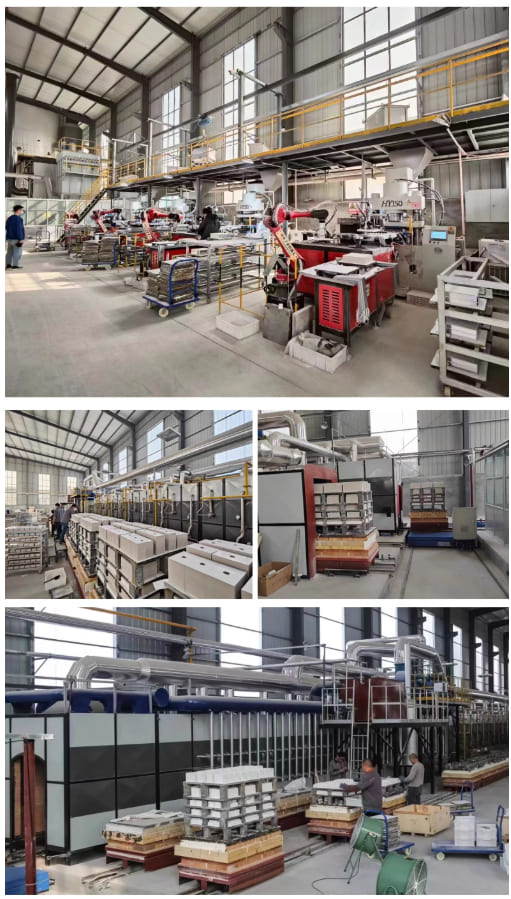
Payment Methods
T/T, Western Union, Paypal, Credit Card etc.
Shipment Methods
By air, by sea, by express, as customers request.
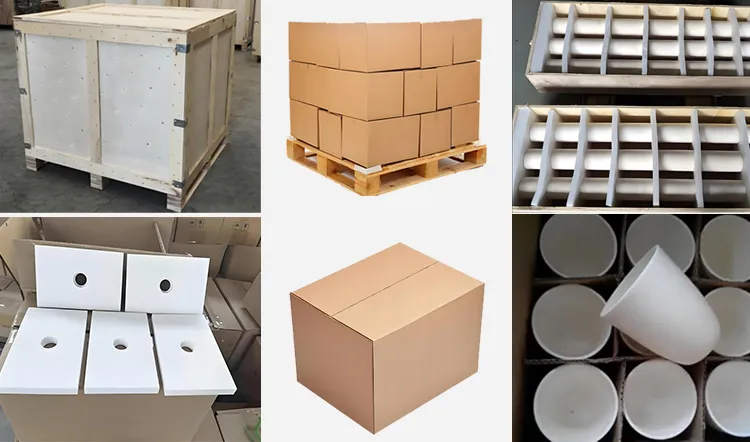
5 FAQs of Laser Cutting High Thermal Conductivity Aln Sheet Aluminum Nitride Substrate
Laser Cutting High Thermal Conductivity AlN Sheet: 5 FAQs
1. Why is laser cutting AlN sheets tricky?
Aluminum nitride moves heat incredibly fast. This high thermal conductivity creates a big problem for lasers. The laser beam puts intense heat into a tiny spot. But the heat doesn’t stay put. It spreads out rapidly into the surrounding material. This makes melting or vaporizing just the cut path very difficult. The heat diffuses too quickly.
2. What type of laser works best for cutting AlN?
CO2 lasers are generally the preferred choice. Their infrared wavelength interacts better with ceramics like AlN. Fiber lasers are common for metals. But they often struggle with AlN. The material absorbs the fiber laser wavelength less efficiently. This can lead to poor cutting results. CO2 lasers usually deliver cleaner, more controlled cuts.
3. How do we prevent cracking during laser cutting?
Cracking happens because of thermal stress. The laser heats a small area extremely fast. The surrounding material stays much cooler. This creates high stress where hot meets cold. The material cracks. Slowing the cutting speed helps reduce this shock. Preheating the entire AlN sheet before cutting also helps a lot. It minimizes the temperature difference.
4. What about the edge quality after cutting?
Expect some edge effects. The laser’s intense heat can cause localized melting. This sometimes leaves a slightly recast layer or small microcracks along the cut edge. Optimizing laser power and speed is key. The goal is to vaporize material cleanly. Too much power causes excessive melting. Too little power leaves a rough, chipped edge. Finding the right balance takes testing.
5. Is laser cutting AlN expensive?
Yes, it usually costs more than cutting other materials. The process demands precise control. Achieving clean cuts without damage requires slower speeds. Specialized laser setups are often needed. Handling the fragile AlN sheets carefully adds time. The material cost itself is high. These factors combine to make laser cutting AlN a premium service.
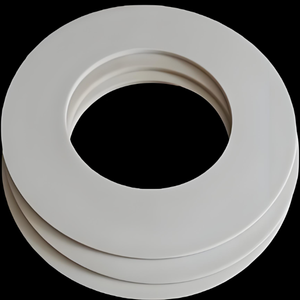
(Laser Cutting High Thermal Conductivity Aln Sheet Aluminum Nitride Substrate)
REQUEST A QUOTE
RELATED PRODUCTS
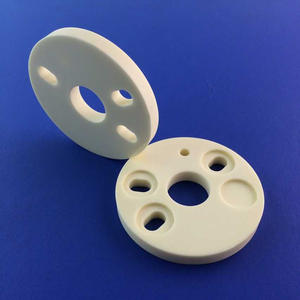
Precision ALN Aluminum Nitride Ceramic Wafer Chip Pill
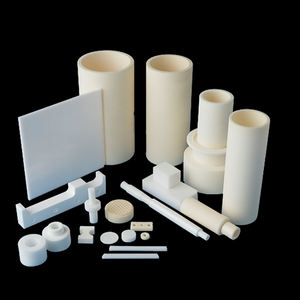
Aluminum Nitride (AlN) Ceramic for Insulation
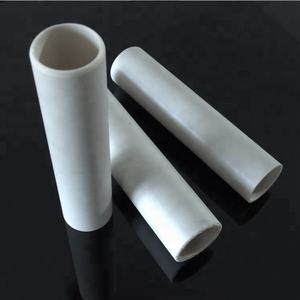
High Thermal Conductivity Aluminum Nitride Aln Ceramic Substrate Plate 0.5mm 0.635mm 1mm
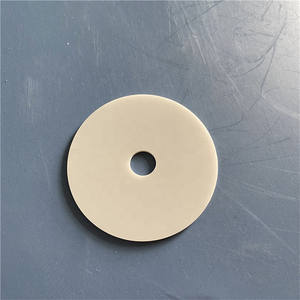
Good Insulation Aluminium Nitride Copper-Coated Ceramic Sheet ALN Metallized Substrate
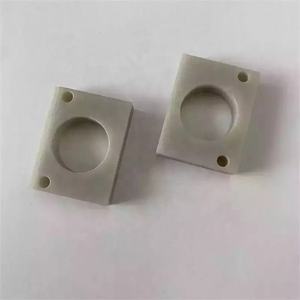
Aluminum Nitride Block Functional Ceramics for Aluminum Ceramics
